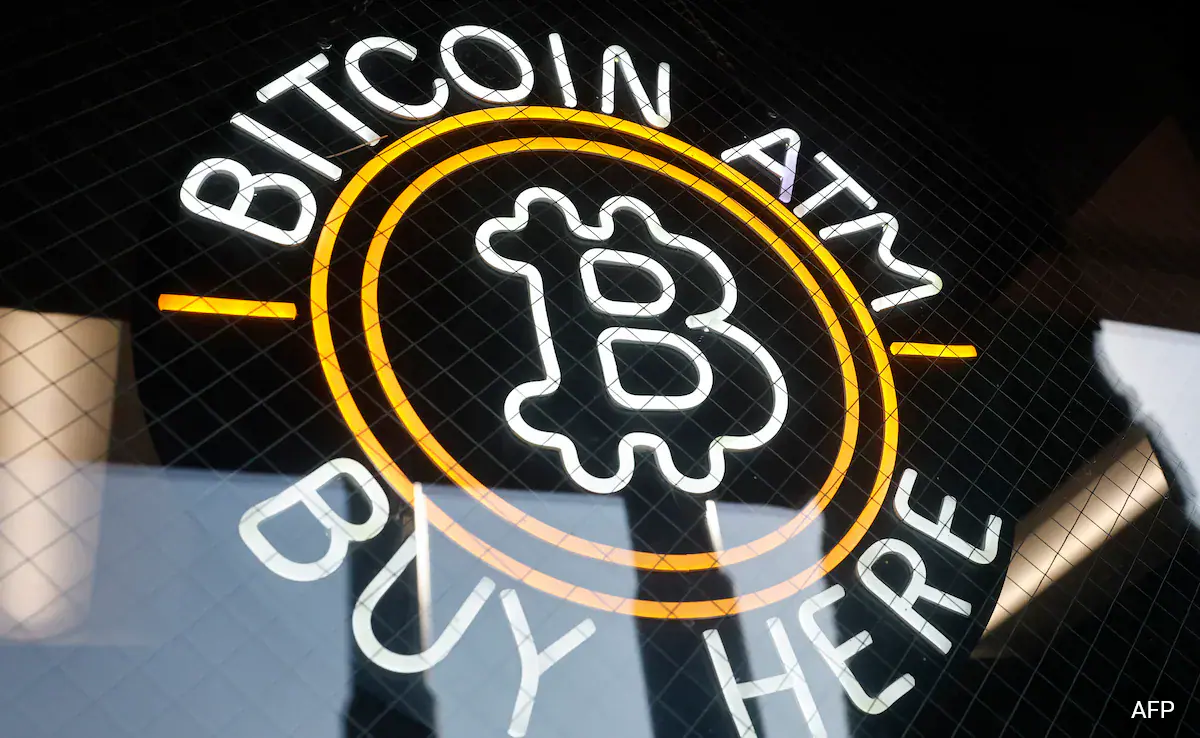In July 2025, the U.S. House of Representatives passed two major cryptocurrency bills aiming to regulate digital assets, especially stablecoins. These landmark bills mark one of the most significant moves by the U.S. government toward creating clear rules for the crypto industry.
But before diving into what these bills mean, let’s answer a simple but crucial question: What is a stablecoin?
What Is a Stablecoin?
A stablecoin is a type of cryptocurrency designed to keep its value stable. Unlike Bitcoin or Ethereum, whose prices can change rapidly, stablecoins are usually linked—or “pegged”—to a real-world asset like the U.S. dollar, euro, or even gold.
In simple terms, if 1 stablecoin is pegged to the U.S. dollar, it will always try to stay worth $1.
Stablecoins offer the best of both worlds:
- Speed and privacy of cryptocurrencies.
- Stability and reliability of traditional money.
Examples of Popular Stablecoins:
- USDT (Tether) – Pegged to USD.
- USDC (USD Coin) – Backed by dollar reserves.
- DAI – A decentralized stablecoin, pegged to the dollar but governed by smart contracts.
Why Stablecoins Matter in the Crypto World
Stablecoins play a big role in the crypto ecosystem. Here’s why they matter:
1. Lower Volatility
They reduce the wild price swings common with other cryptocurrencies.
2. Faster Transactions
People can send money across the world instantly—without banks or high fees.
3. Easier Trading
Crypto traders use stablecoins as a safe “middle step” between volatile coins.
4. Real-World Use
Stablecoins are used for shopping, remittances, and even earning interest.
But their rapid growth has raised concerns—especially about financial risks, fraud, and lack of transparency.
House Passes Two Historic Bills on Crypto
In a big move to catch up with crypto innovation, the U.S. House of Representatives passed two major bills in July 2025:
- The Clarity for Payment Stablecoins Act
- The Financial Innovation and Technology for the 21st Century Act (FIT21)
These bills focus on creating clear rules, consumer protections, and oversight for the fast-growing digital asset industry.
1. The Clarity for Payment Stablecoins Act
This bill, led by Republican Representative Patrick McHenry, directly addresses how stablecoins should be regulated.
What It Covers:
- Only approved companies can issue payment stablecoins.
- Issuers must back their coins with high-quality reserves such as dollars or treasury bonds.
- Federal and state regulators will supervise stablecoin issuers.
- A ban on algorithmic stablecoins (those not backed by real assets) for now.
This bill is designed to protect consumers while still allowing innovation. It ensures that companies issuing stablecoins are transparent, safe, and accountable.
2. The Financial Innovation and Technology for the 21st Century Act (FIT21)
While the stablecoin bill focuses on one type of digital asset, FIT21 is a broader framework for all cryptocurrencies.
Key Highlights:
- Defines the roles of the SEC (Securities and Exchange Commission) and the CFTC (Commodity Futures Trading Commission).
- Gives the CFTC more power over digital commodities like Bitcoin.
- Requires crypto exchanges to register and follow specific rules.
- Adds protections for crypto investors and users.
Both bills received bipartisan support, showing growing agreement that the U.S. needs modern crypto rules.
Why the U.S. Is Finally Acting on Crypto Regulation
The crypto industry has been growing fast, with millions of Americans now owning digital assets. But until now, there were no unified rules.
Many companies operated in legal gray areas. Some collapsed, like FTX, causing billions in losses and shaking public trust.
That’s why lawmakers are stepping in.
These new bills are meant to:
- Encourage innovation in the U.S.
- Reduce fraud and scams.
- Improve financial stability.
- Protect consumers and investors.
The Growing Size of the Stablecoin Market
To understand why stablecoins matter, just look at the numbers.
As of mid-2025:
- The total value of all stablecoins is over $150 billion.
- USDT (Tether) alone has a market cap of around $110 billion.
- Stablecoins handle trillions in transactions every year.
And they’re not just used in crypto trading. They’re being used in international payments, decentralized finance (DeFi), and even central bank projects.
Global Push Toward Stablecoin Regulation
The U.S. is not alone. Other countries are also creating rules:
- The European Union passed the MiCA (Markets in Crypto-Assets) regulation in 2023.
- The UK is developing crypto rules under the Financial Services and Markets Act.
- Japan and Singapore have introduced licensing frameworks for stablecoin issuers.
With the U.S. now joining in, there’s a global trend toward regulated digital currencies.
What Does This Mean for You?

If you’re a crypto investor, trader, or simply interested in digital finance, here’s what the new U.S. bills mean:
More Trust in Stablecoins
Regulated stablecoins will be backed by real money and subject to oversight.
Fewer Scams and Frauds
With proper regulation, bad actors will find it harder to operate.
Clearer Tax and Compliance Rules
Investors and businesses will better understand how to report and manage crypto assets.
Boost to Innovation
Startups and companies will get clearer pathways to launch compliant crypto services in the U.S.
Challenges and Criticism
While many support these new regulations, some concerns remain:
- Overregulation could make it harder for startups to innovate.
- State vs. Federal authority: Some worry about who will have final control.
- Temporary ban on algorithmic stablecoins may halt progress in some areas of decentralized finance.
Critics argue that lawmakers must find a balance—protecting consumers while still fostering innovation.
The Future of Stablecoins and Crypto
With these bills passed in the House, all eyes now turn to the U.S. Senate. If the Senate passes them and the President signs them, they will become law.
Experts believe this could:
- Set a global standard for crypto regulation.
- Encourage institutional adoption of digital assets.
- Lead to a more secure and transparent digital economy.
Some analysts even suggest regulated stablecoins could one day replace traditional payment systems.
Final Thoughts: What Is a Stablecoin and Why It Matters Now
To summarize:
A stablecoin is a cryptocurrency that stays stable in value—usually pegged to a traditional currency like the U.S. dollar. It combines the efficiency of crypto with the trust of fiat money.
With the U.S. House passing new stablecoin regulation bills, the crypto industry is entering a new era of transparency, safety, and growth.
Whether you’re a beginner or a seasoned investor, understanding what is a stablecoin and how it fits into modern regulation is key to navigating the future of digital finance.
Read Next – Trump Diagnosed with Chronic Vein Condition Tied to Leg Swelling






